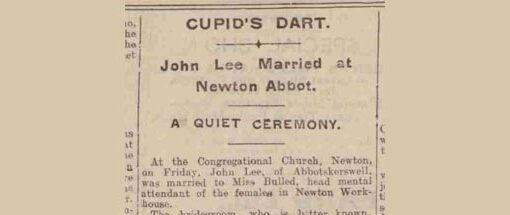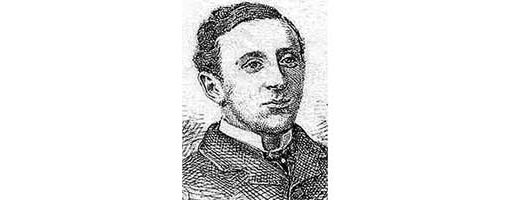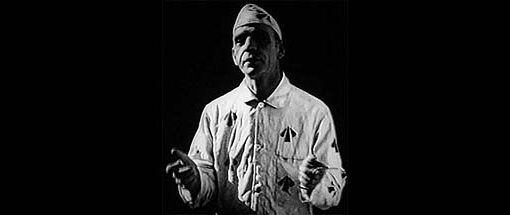The events at the scaffold at Exeter in 1885 had created long lasting debate. A year after John Lee’s botched execution The Exeter and Plymouth Gazette – Saturday 06 March 1886 – had much to say.
Scaffold Bungling
It is a remarkable circumstance that, despite the extra attention given of late years to the subject of capital punishment, the cases of bungling at executions have multiplied. Public decency, humanity itself, has been outraged during the past few years by a series of scaffold misadventures –to employ no more pronounced term. Since the memorable three fold attempt to execute a John Lee and Exeter gaol and the disgraceful miscarriage of justice that ensued, the country has been startled by the case in which the decapitation took the place of the death penalty awarded by the law.
This week newspaper readers have been horrified of the accounts furnished from Cardiff, where the culprit was seen to struggle for fully 3 minutes, as a consequence, it is alleged, of having been allowed to limit a “drop”. In connection with the Cardiff case the important question of the position of the press with regard to executions is revived. Since it became legally compulsory that these should be private, the presence of the representatives of the press has been optional; that is to say, the Sheriff’s have in their power either to permit reporters to attend or to exclude them.
If the details of the Cardiff care are rightly reported, they certainly will form the subject of official as well as journalistic discussion. While the condemned man was yet struggling, and it was evident that the arrangements were in some particular defective, the reporters are said to have been conducted from the prison yard by the chief warden, acting under instructions of the Governor of the Goal. If this were so, then a very arbitrary and injudicious bit of officialism was put in motion. Had of the representatives of the press had been altogether excluded, the Sheriff’s Court would have had the law to fall back upon in justification of the refusal; but, seeing that the reporters were present, and that’s something unusual was transpiring in connection with the execution, the compulsory withdrawal of the pressmen is to be regretted, especially as it will give an impetus and colour to exaggerate if rumours as to what exactly took place.
We believe that it will be almost unanimously conceded since the Private Executions Act came into operation that the attendance of journalists at the scenes of death has been a public advantage, and that the authorities who have –as has been the case in far the larger number of instances –avail themselves of their powers to secure representation of the press must feel that they have followed the wiser course.
What, however, the public are naturally most concerned about just now is the manner in which executions are carried out. It is plain, beyond the room for questioning, that the existing method of enacting the last penalties of the law is far from satisfactory.
We make no reflection upon the fitness of the individual or individuals whose names are before the public house execution is for the performance of the dreadful task which they undertake. That is a matter by itself. What seems to be justly regrettable is the circumstance that so much has necessarily to be left to the skill of the executioner.
According to the popular saying, “there are many ways of killing a man besides hanging him.” But the manner in which the latter mode, with all its drawbacks, is maintained, it would scarcely seen the science have made the list rights among us which with justifiable pride we are wont to prefer. There must be some middle course between a scientifically painless death on the one hand and the barbarously uncertain method and present employed on the other, and we should think that recent revelations of disgraceful scenes and executions would lead to the speedy adoption of some such plan as that to which we allude.




